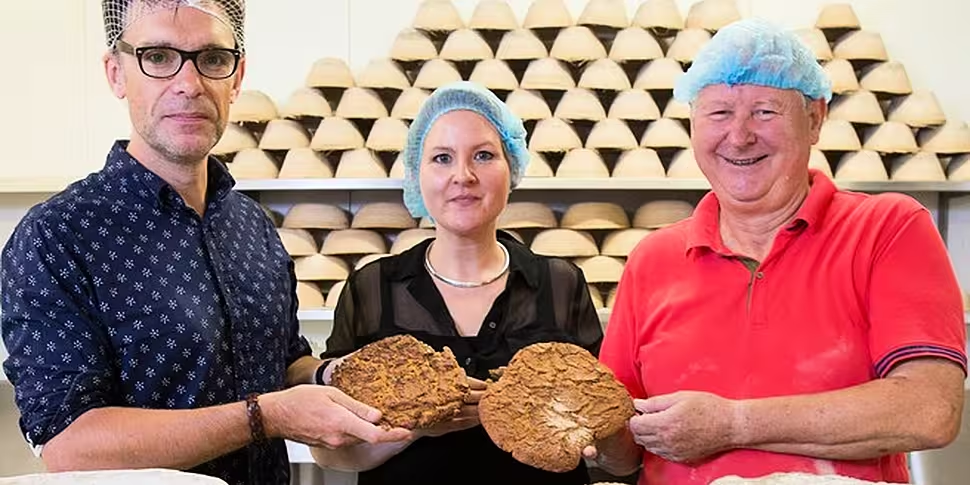An international research group has unearthed new evidence of Iron Age eating patterns in the southeast of Ireland, challenging key assumptions about the region’s history.
Evidence compiled from commercial excavations carried out during the Celtic Tiger period, and more recently, reveals what kind of food was grown and cooked by our ancestors from around 400 BC to 1,200 AD.
The Heritage Council-funded team includes archaeologists from UCC, UCD, Transport Infrastructure Ireland, the University of Bradford and Warwick University.
Dr Katharina Becker of UCC told Newstalk.com that the research shows cattle and pigs provided dairy and meat, with barley being a staple food.
A variety of wheats, including spelt, emmer and naked wheat, were also used.
The findings provide important evidence of settlement, as well as arable and pastoral agriculture, indicating that communities were thriving in the southeast.
“[The analysis] tells us people were actually living in a place and farming. We didn’t know that previously,” Becker said.
“There was some speculation that people were nomadic at the time. We had no evidence of houses, so we didn’t know if people were sedentary.
“We can say now that we have good evidence that there were fields, agriculture and quite settled communities.”
The project involved data from previous digs being examined against evidence from the study of pollen records preserved in lakes and bogs in the region.
It had previously been assumed that no such records survived due to agriculture and peat cutting.
However, by examining pollen grains from plants at the core of a lake dating back some 11,000 years, researchers were able to date previously recovered items.
“The analysis of lake sediments which have accumulated over thousands of years allows us to identify the actual pollen grains from the plants that people were cultivating during prehistory,” said Dr Ben Gearey of UCC.
“We can date these sequences using radiocarbon dating and compare them to the archaeological evidence of settlement and agriculture.”
Breadmaking experiments
The team has now joined up with artisan baker Declan Ryan of Cork’s Arbutus Bread, as well as experts from the Cork Butter Museum and Cork Public Museum, to investigate how Iron Age farmers turned raw ingredients into meals.
Recipes being trialled will be based on a range of charred grains and seeds representing the remains of the actual foodstuffs grown by prehistoric communities and preserved in the soil for over two millennia.
“We’re trying to figure out how bread would have been made. Barley isn’t a grain that offers an early rise so it will require some experimentation,” Becker said.
The results of breadmaking attempts with barley, and buttermaking with more traditional methods, will be made public at the Cork Public Museum on August 20th as part of Heritage Week.
Visitors will be given an opportunity to sample the food and experience first-hand the painstaking procedure of processing grains and making butter with traditional, prehistoric methods.









